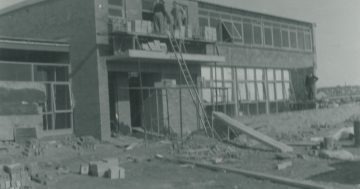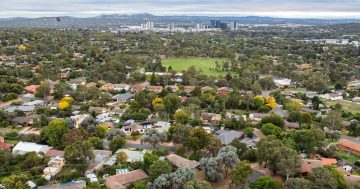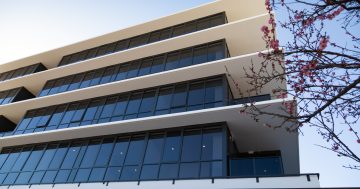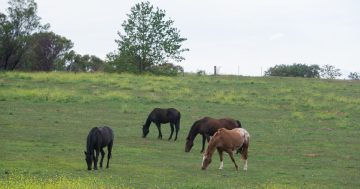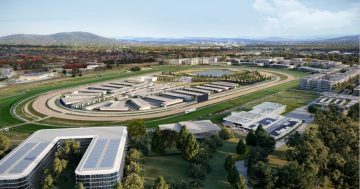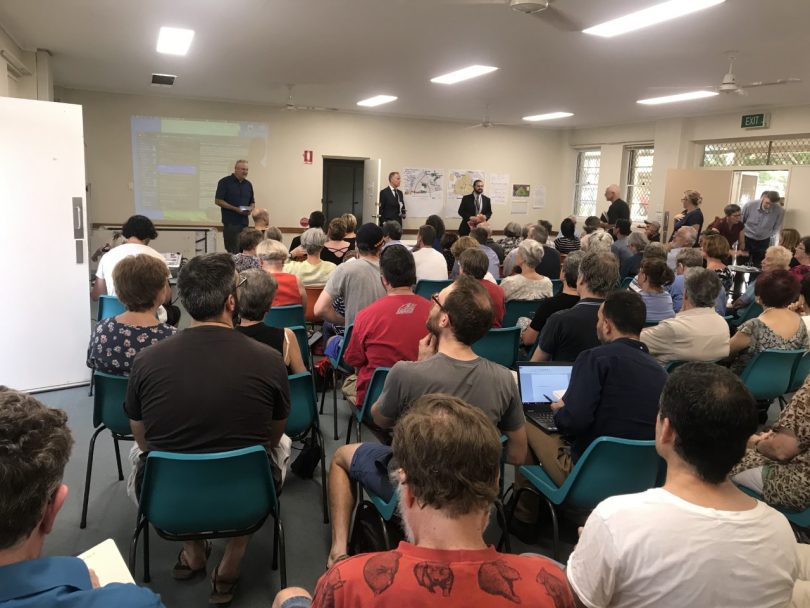
community organisers laid out battle plans to oppose the “urban densification” of Downer on Monday. Photos: David Tuckwell.
Downer residents are spoiling for a fight with the territory government, after the government has signalled it will allow 12-metre high apartments to be built in their suburb.
In a town meeting on Monday (4 February), community organisers laid out battle plans to oppose the “urban densification” of Downer. Residents said that the government had refused to listen to them, and had treated public consultations as “fake listening exercises”.
Many were disappointed that Chief Minister Andrew Barr’s office had “snuck” out the new planning document – in which the rezoning proposals were mentioned – in the lead-up to Christmas.
“There is a lack of consultation and listening to people. We do not support the piecemeal way in which this is being done,” Suzanne P., a member of the Downer Community Association, told a packed-out town hall.
“There is no good planning justification for rezoning Downer. Ninety per cent of community land in Downer has already been sold to private developers. There is no school. There are narrow streets and most streets lack footpaths.”
“The government is doing this having refused to invest in infrastructure.”
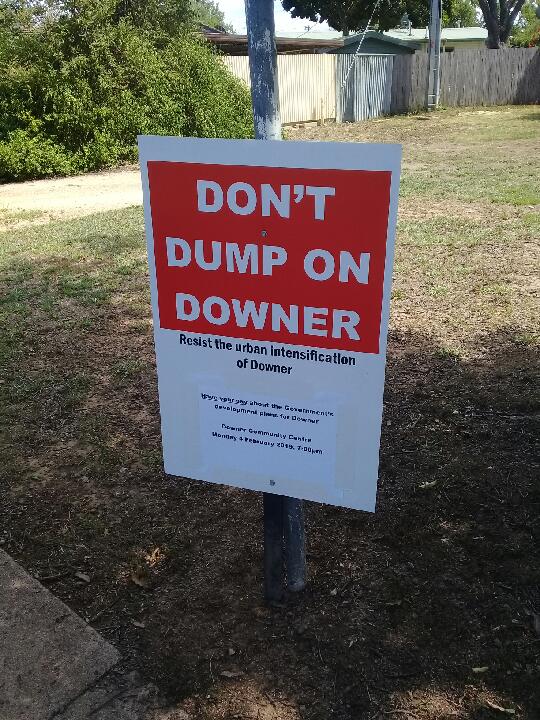
The community is concerned the ACT Government is not taking on board community consultation.
The attendants, who tilted female and older, expressed fears that high rise apartments would turn popular streets into “rat runs” during peak hours. They claimed that no appropriate traffic management measures had been laid out by the government, meaning that commute times would likely swell.
The detrimental environmental impacts were also stressed. Residents said trees and vegetation would need to be stripped away to make room for multi-storey apartment complexes.
There were no vocal residents in attendance that supported the government’s proposals.
“We already have an RZ3 zone on Antill St and developments on the former school site,” said Miles Boak, the DCA convenor.
“We’re already making a contribution. It is unreasonable that they’re asking a whole suburb be subject to higher densities.”
For the meeting’s attendants, the planned rezoning tapped into broader concerns about the government’s development agenda and touched a political nerve about the government’s need for funding and its relationship with property developers.
“There is a kind of corporate property agenda taking over Canberra,” said Carleton Christensen, a former philosophy professor at the ANU.
“Ever since the ACT got self-government in 1988 there has been an issue of how to fund self-government. The fact is the ACT government is strapped for cash.
“They know they can’t just release land on greenfield development forever. So what they’re doing is redeveloping sites that have already been released for development. So turning these suburbs over for development is a way in which they see themselves solving this financial problem.”
Under the new planning strategy document, almost 80 per cent of Downer will be subject to rezoning. The government has justified the rezoning on a number of grounds, including proximity to light rail stops and local shops.
The planned rezoning requires the approval of the Federal government, which controls the National Capital Authority and some of the land on which the proposed rezoning would occur.
The DCA’s representatives said they would meet with Mick Gentlemen, the ACT planning minister, on Wednesday (6 February).













